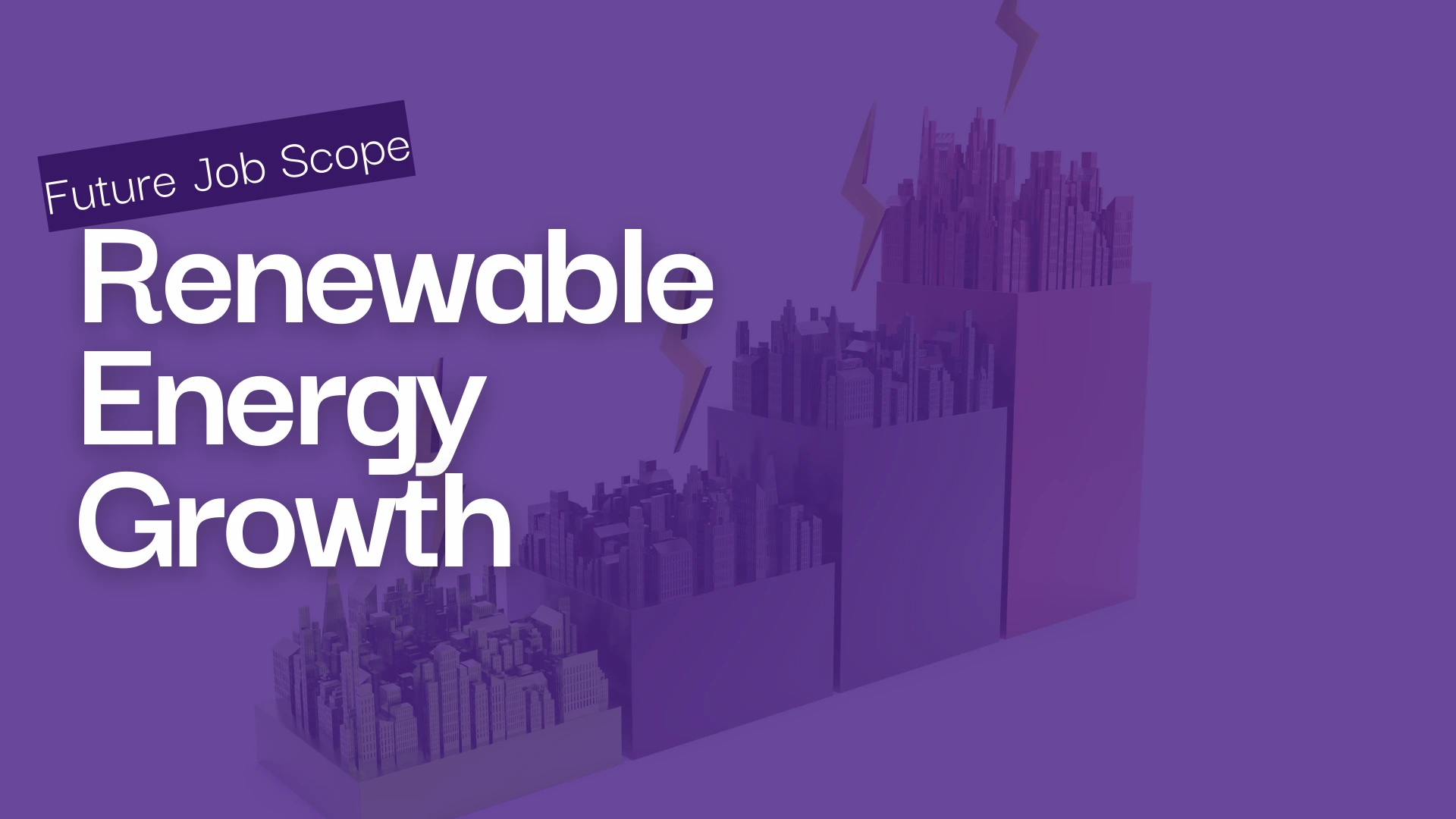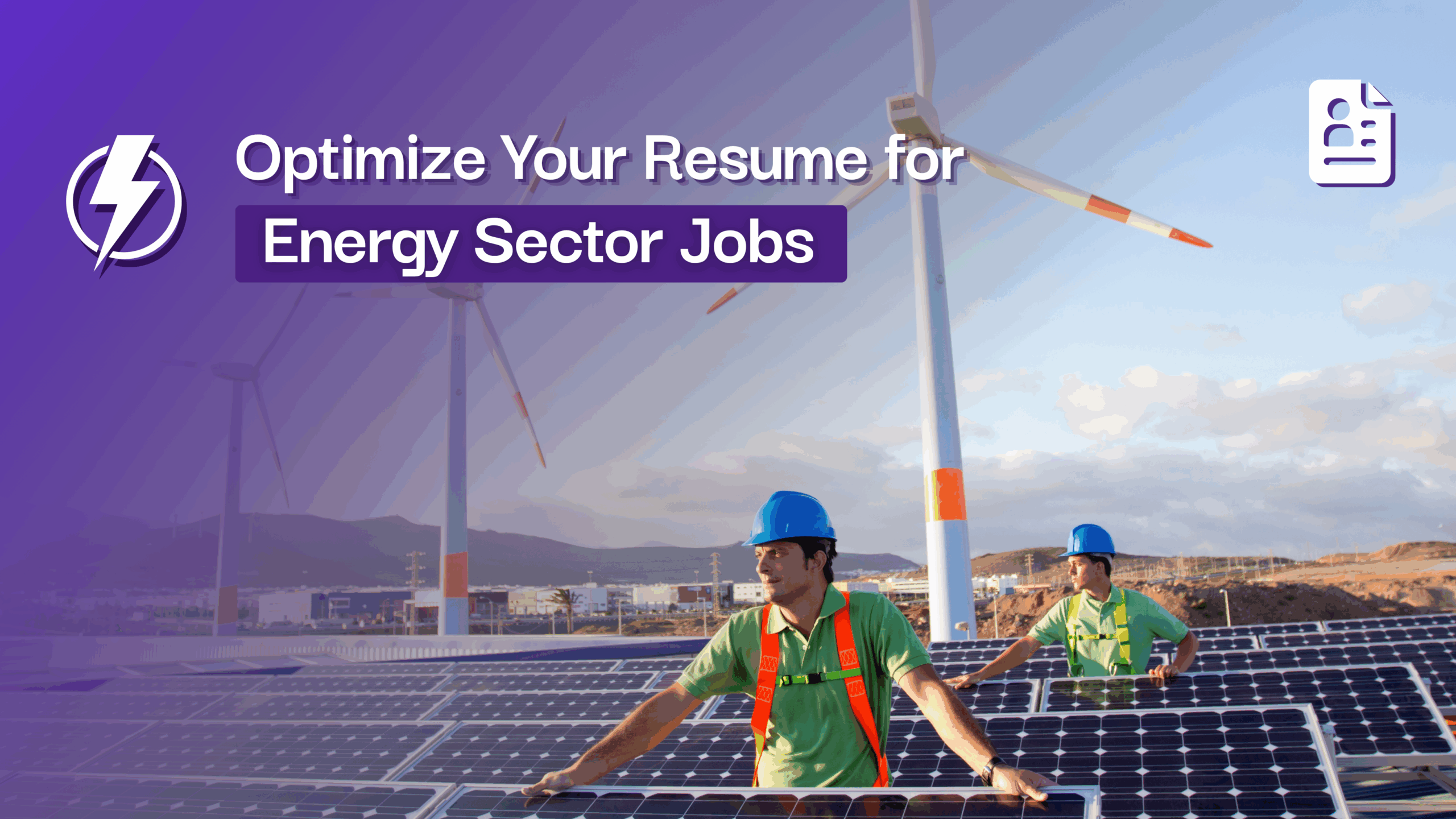According to a recent report by the International Energy Agency (IEA), the next five years will see an unprecedented surge in renewable energy capacity, with nearly 3,700 gigawatts (GW) of new installations expected between 2023 and 2028.
This transformation is set to redefine the global power mix, driven by supportive policies in more than 130 countries. Let’s explore the key milestones and implications of this seismic shift towards renewable energy.
Unprecedented Growth in Renewable Capacity
The IEA report highlights that the global renewable energy capacity added in the next five years will surpass the total installed since the first commercial renewable power plant was built over a century ago. This rapid expansion is a testament to the growing commitment to sustainable energy solutions worldwide. Governments and businesses alike are investing heavily in renewable technologies, recognizing the urgent need to transition away from fossil fuels.

[ PC: International Energy Agency(IEA)]
Key Milestones in Renewable Energy
- 2024: Wind and Solar PV Surpass Hydropower In 2024, the combined electricity generation from wind and solar photovoltaic (PV) systems will exceed that of hydropower. This marks a crucial step in diversifying the renewable energy portfolio, reducing reliance on any single source of renewable energy.
- 2025: Renewables Overtake Coal In a historic development, 2025 will see renewable energy sources surpass coal to become the largest source of electricity generation. This milestone underscores the global shift towards cleaner energy and the phasing out of coal, which has long been a major contributor to greenhouse gas emissions.
- 2025 and 2026: Wind and Solar PV Surpass Nuclear Wind energy is set to generate more electricity than nuclear power by 2025, followed by solar PV in 2026. This achievement highlights the rapid advancements and cost reductions in wind and solar technologies, making them more competitive with traditional energy sources.
- 2028: Renewables Account for Over 42% of Global Electricity By 2028, renewable energy sources are expected to account for more than 42% of global electricity generation. The share of wind and solar PV alone will double to 25%, reflecting the growing dominance of these technologies in the energy mix.
Economic and Employment Implications
The transition to renewable energy is not only a victory for environmental sustainability but also a significant economic opportunity. The expansion of renewable energy capacity will drive substantial job creation in the energy sector. New jobs will emerge across various stages of the value chain, including manufacturing, installation, operation, and maintenance of renewable energy systems.
Job Creation in the Renewable Energy Sector
- ManufacturingIncreased demand for wind turbines, solar panels, and related components will boost manufacturing jobs in countries that invest in renewable technology production.
- Installation and MaintenanceAs new renewable projects come online, there will be a growing need for skilled workers to install and maintain these systems, providing long-term employment opportunities.
- Research and DevelopmentContinued innovation in renewable energy technologies will require expertise in research and development, fostering high-tech job growth.
Leveraging AI for Efficient Hiring
As the renewable energy sector expands, finding the right talent to fill these new roles will be crucial. This is where AI-driven hiring platforms like avua come into play. avua specializes in connecting companies with the best candidates using advanced AI algorithms to streamline the recruitment process.
Why Choose avua?
- Precision Matchingavua’s AI technology ensures that candidates are matched with jobs that suit their skills and experience, enhancing job satisfaction and retention.
- EfficiencyThe platform accelerates the hiring process, reducing time-to-hire and allowing companies to quickly scale their workforce to meet growing demands.
- Insights and Analyticsavua provides valuable insights and analytics to help employers make informed hiring decisions, improving overall workforce quality.
As we move towards a future dominated by renewable energy, platforms like avua will be instrumental in building the skilled workforce needed to support this transformation. By leveraging AI technology, avua is helping to power the renewable energy revolution with the right talent, ensuring a sustainable and prosperous future for all.
The global power mix is set for a remarkable transformation by 2028, driven by unprecedented growth in renewable energy capacity. This shift not only promises significant environmental benefits but also opens up new economic opportunities, particularly in job creation. As we embrace this new era of energy, tools like avua resume builder will be essential in connecting the right talent with the burgeoning renewable energy sector, driving sustainable growth and innovation.



